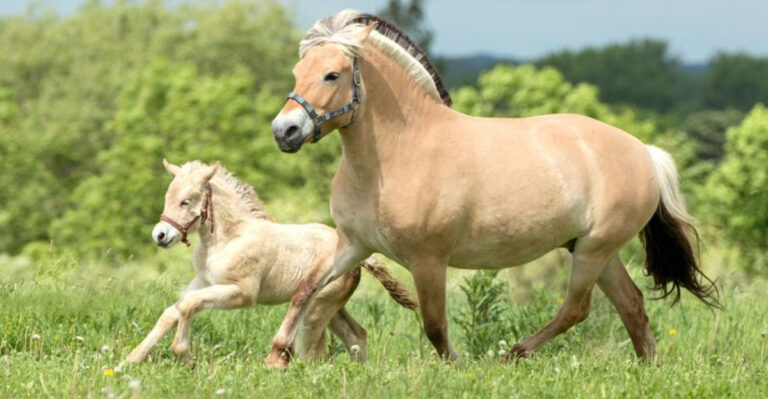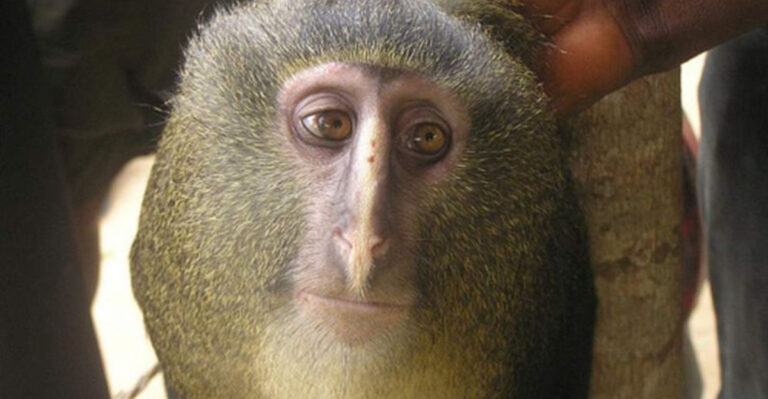Watch Out! These 9 Animals Will Attack You Without Warning
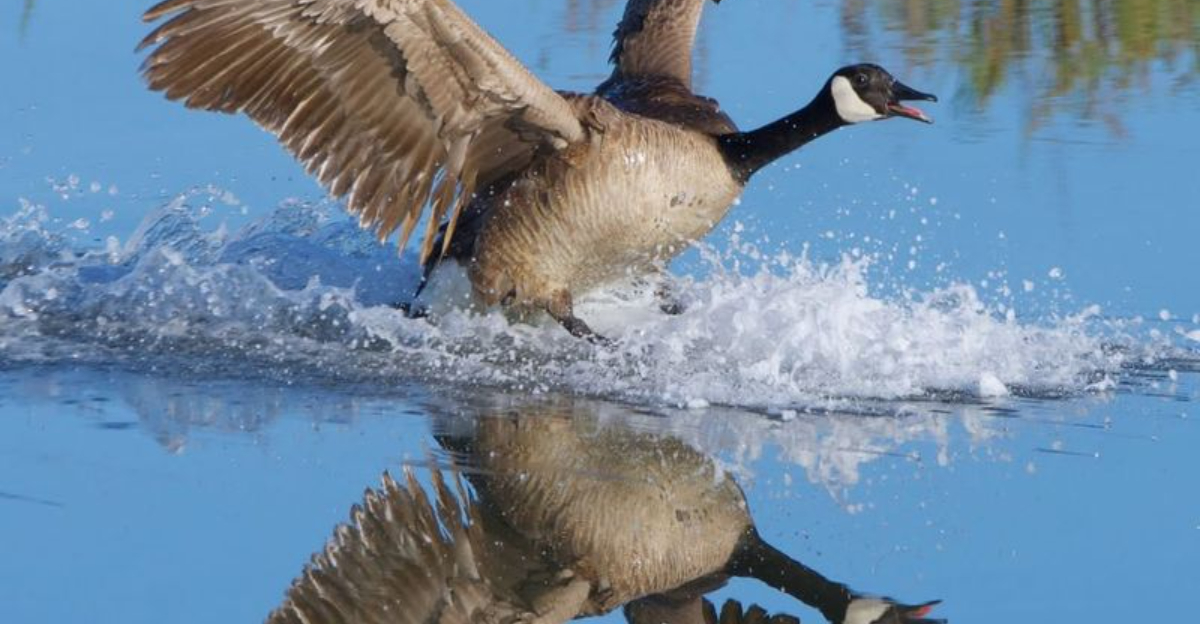
In the animal kingdom, not all creatures are as docile as they seem. Some animals can strike without any warning, catching even the most cautious by surprise.
Here are some animals you should be wary of, as their attacks are as unexpected as they are dangerous. They just can’t help themselves!
1. Cow
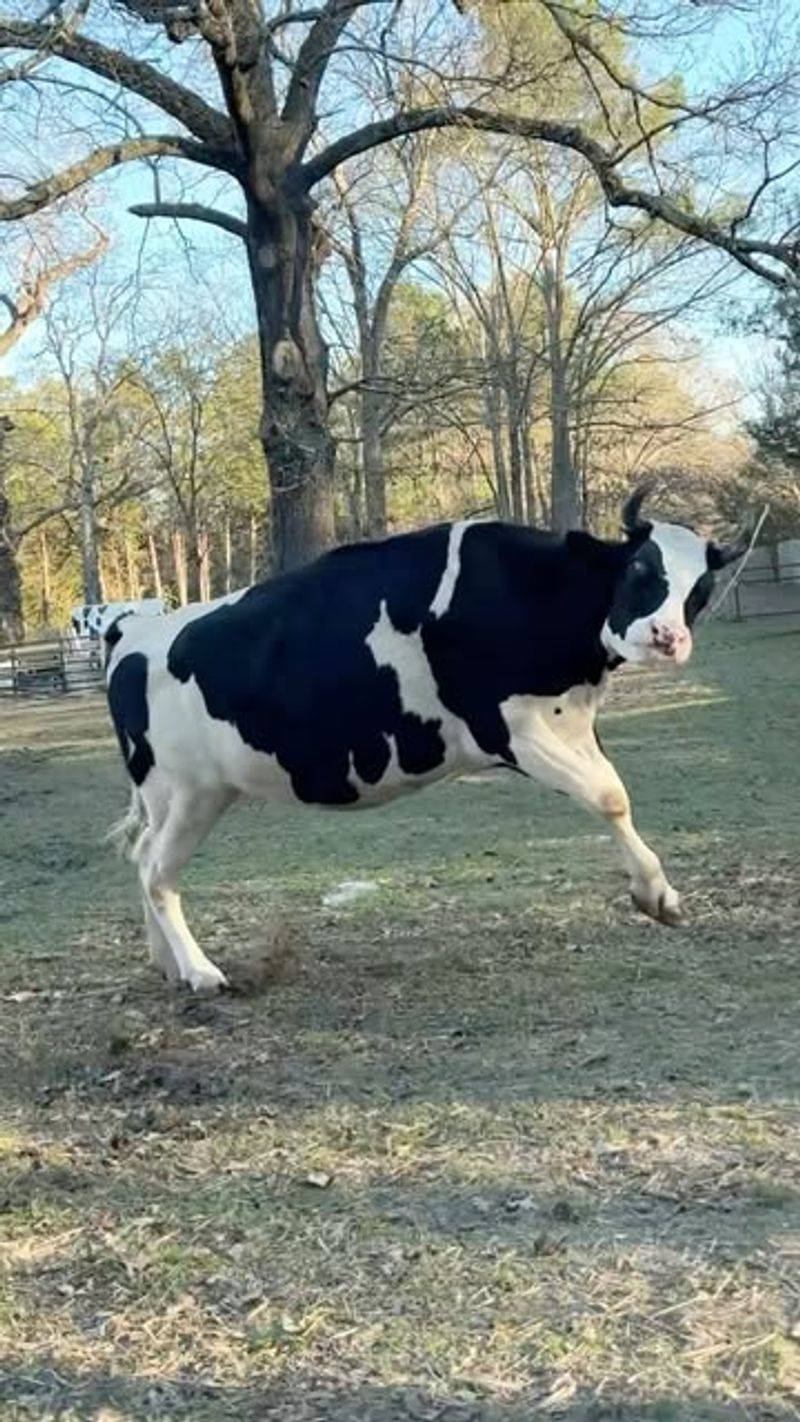
Cows might seem calm and friendly, but a startled cow can attack without notice. When feeling threatened, their size becomes a weapon.
A cow’s head can lower quickly, followed by a swift charge. They defend calves fiercely, making proximity risky during calving season. Farmers and hikers should maintain a respectful distance, noting any signs of agitation.
2. Alligators
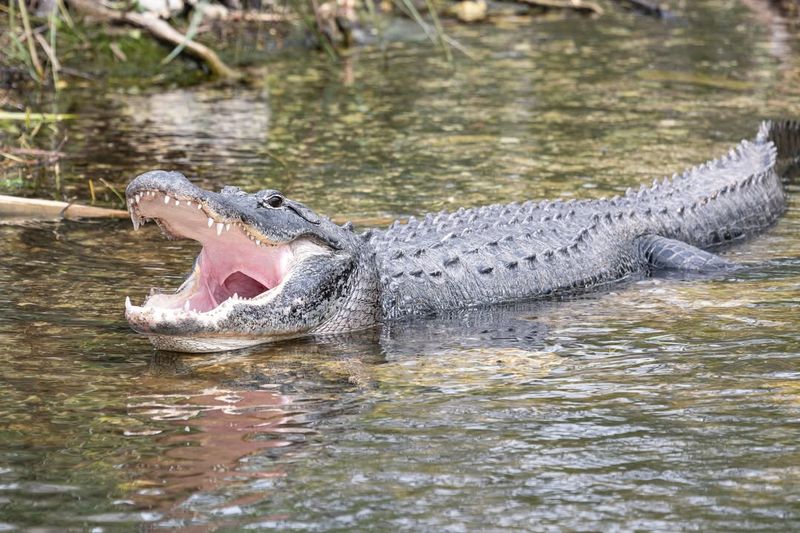
Alligators are stealthy predators, often unnoticed until they strike. They can remain nearly submerged, with only eyes and nostrils visible.
Their sudden, explosive movement can catch prey unawares, making them dangerous in water-focused habitats. Always be cautious near water bodies in regions where alligators reside. Avoid feeding or approaching them, as close encounters increase attack risks.
3. Koala
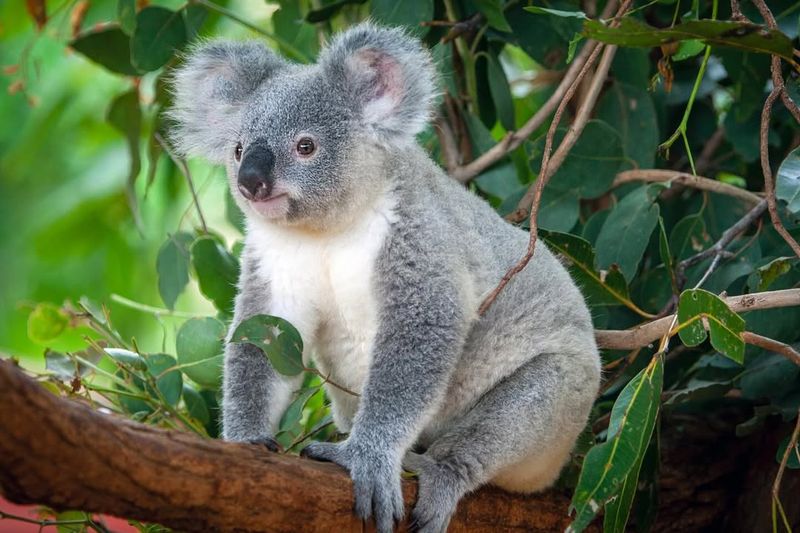
Koalas are iconic for their cuteness, yet they can become surprisingly aggressive. Though often slow-moving, they possess sharp claws.
If a koala feels threatened, it may growl and lunge unexpectedly. Eucalyptus trees are their territory, and disturbing them can provoke a defensive response. Visitors to koala habitats should refrain from attempting to touch or feed these marsupials.
4. Geese
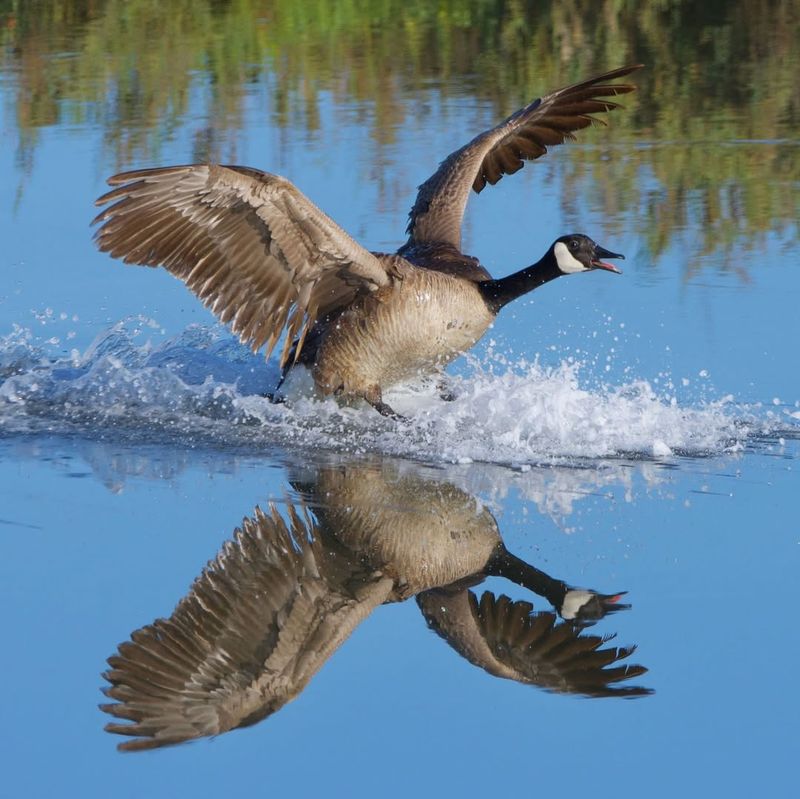
Geese are notorious for their territorial nature, often attacking without warning. Their honk is a signal of aggression, accompanied by wing flapping.
A goose may chase intruders, using its strong beak and wings as weapons. Such behavior is particularly common during nesting season. Avoid direct eye contact and give them a wide berth.
5. Cape Buffalo
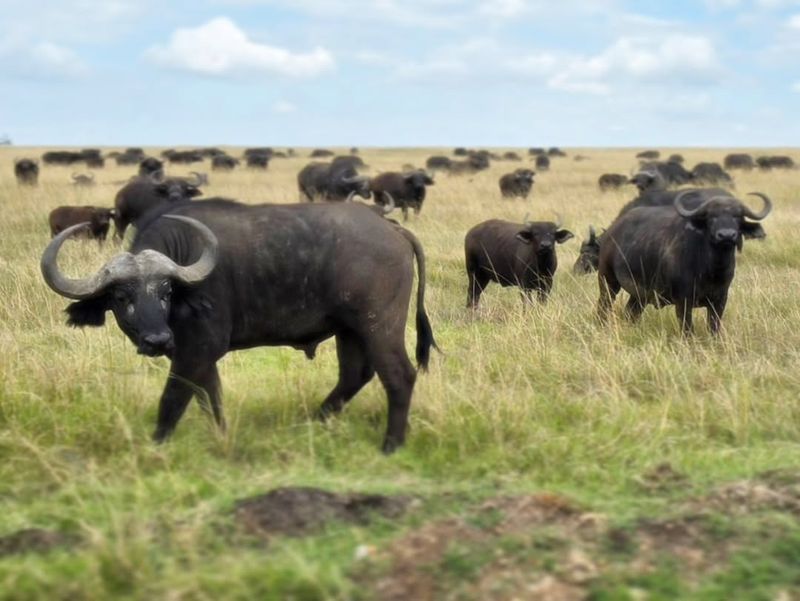
Cape Buffalo are known for their unpredictable nature, making them one of Africa’s most dangerous animals. They may appear calm, but can charge unexpectedly.
With powerful builds, they can inflict serious injuries with their horns. They become especially aggressive when defending their young or when wounded.
6. Wasps
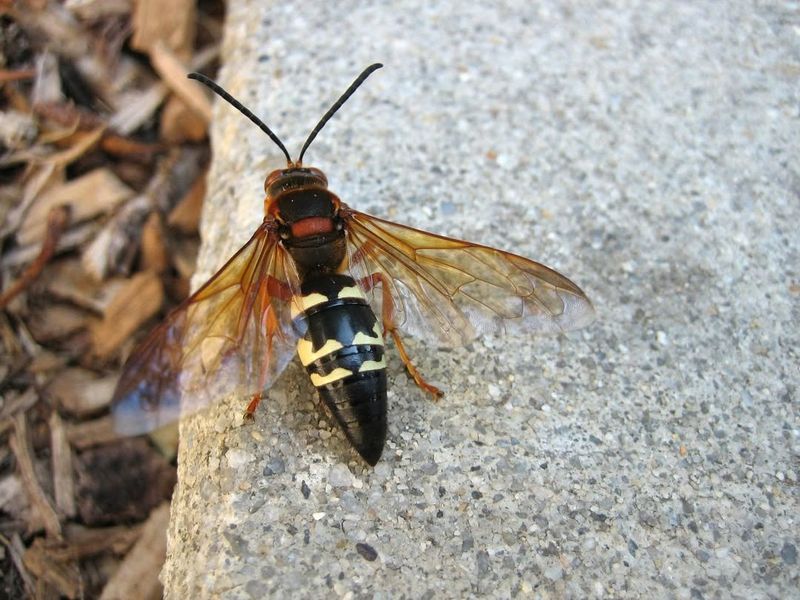
Wasps possess a painful sting and are easily provoked. Unlike bees, they can sting multiple times without dying.
Often drawn to sweet scents and bright colors, their presence can be sudden and menacing. They are aggressively defensive of their nests. Avoid swatting at wasps, which can trigger further aggression. Instead, move away slowly.
7. Elephant
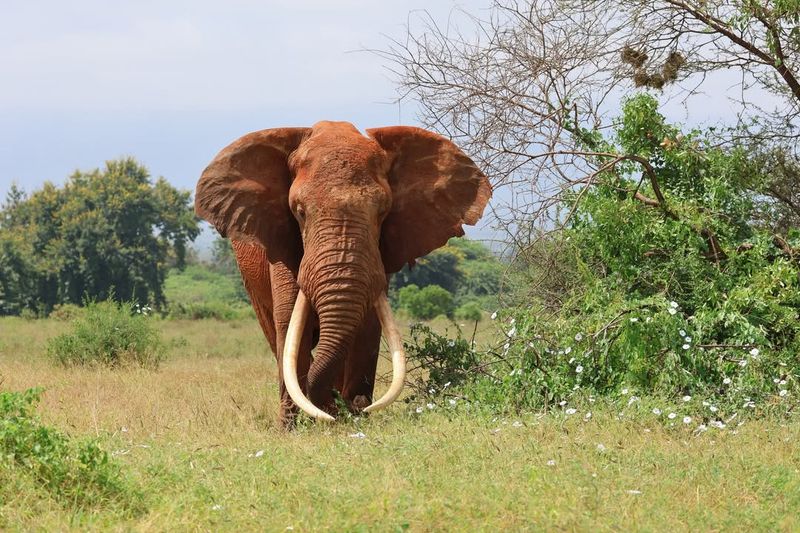
Elephants are usually gentle giants, yet their size grants them formidable power if provoked. When threatened, they may charge, using trunks and tusks.
They are especially protective of their young, making maternal herds potentially aggressive. Approaching them too closely can trigger defensive behavior. Respecting their space is vital; never underestimate their speed or strength.
8. Box Jellyfish
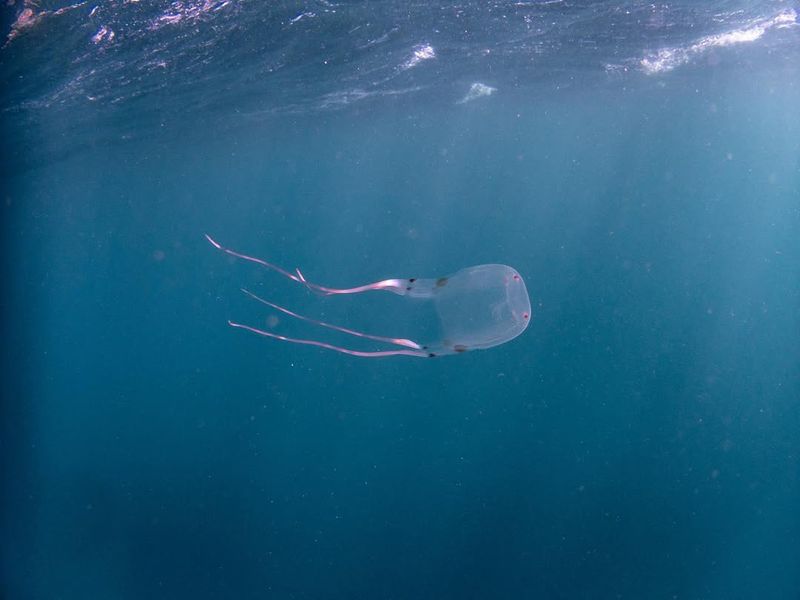
Box Jellyfish are among the deadliest marine creatures, with venomous tentacles that sting upon contact. Often transparent, they are hard to spot in water.
Their stings can cause severe pain, paralysis, and even death. Beachgoers should heed jellyfish warnings and avoid swimming in infested waters. Wearing protective clothing can reduce the risk of stings.
9. Slow Loris
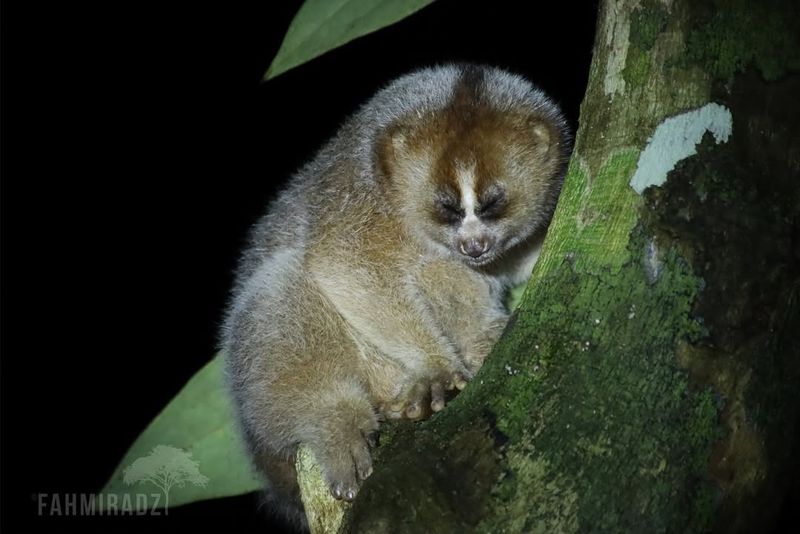
Despite their endearing appearance, Slow Lorises have a toxic bite. They secrete venom from glands near their elbows, mixing it with saliva for a defensive bite.
Typically nocturnal, they can bite when disturbed or threatened. Their venom can cause allergic reactions and pain. Avoid handling or provoking them in the wild.

